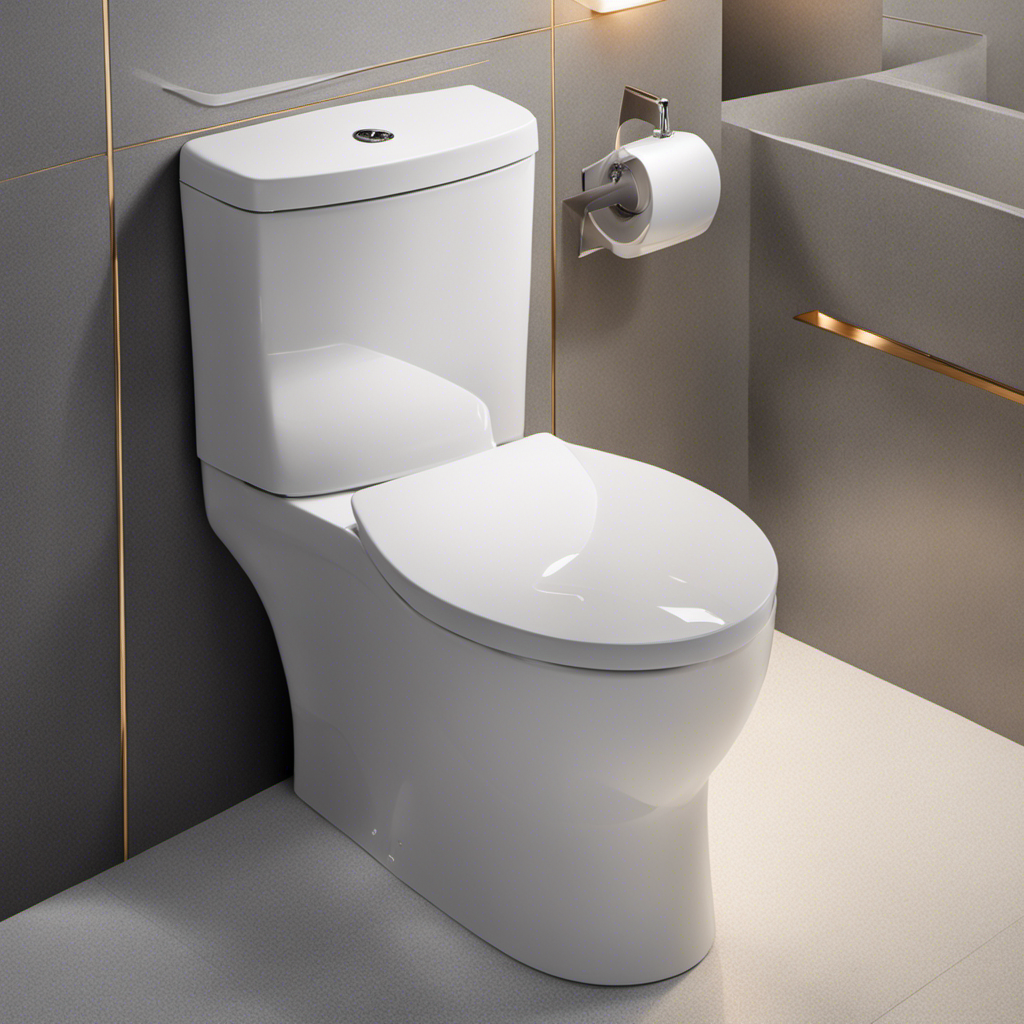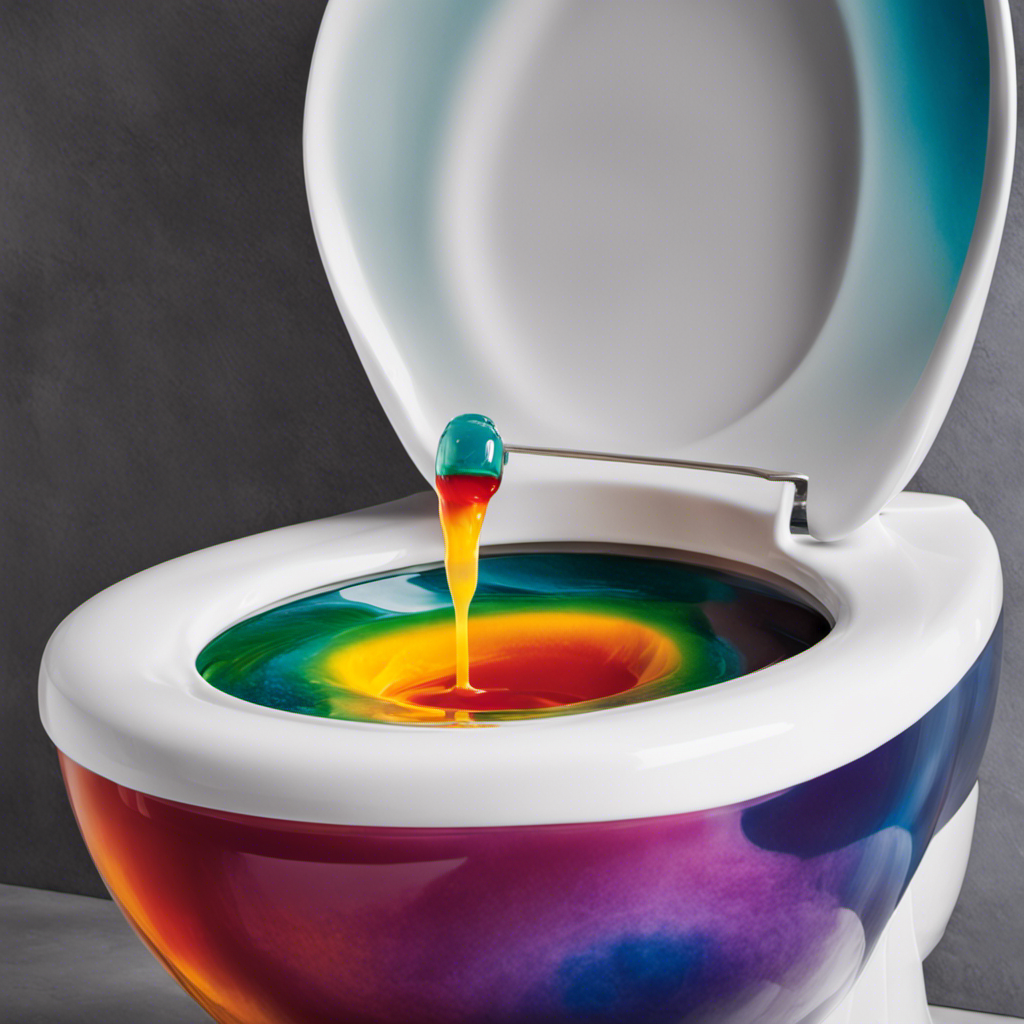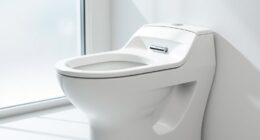As I delve into the fascinating world of historical sanitation practices, I can’t help but marvel at the ingenuity of our ancestors. Have you ever wondered what people did before the invention of toilet paper?
Join me on this journey as we explore the alternatives used throughout history and the cultural differences in hygiene practices. From ancient times to modern solutions, innovations in personal hygiene have come a long way.
Let’s unravel the evolution of toilet paper, from ancient China to its commercial production.
Key Takeaways
- Ancient civilizations used various methods for sanitation, including sponges on sticks, hay, moss, leaves, and water.
- Different cultures had different hygiene practices, with some using bidets or handheld water sprays, while others used leaves or corn cobs.
- The evolution of personal hygiene practices has led to advancements like bidets and the widespread availability of toilet paper.
- Recent events, such as the Covid-19 pandemic, have highlighted the importance of toilet paper and led to shortages, prompting the popularity of eco-friendly alternatives like bidets.
Historical Background: Sanitation Practices Before Toilet Paper
Before toilet paper, you had to rely on alternative methods for sanitation. Sanitation practices and hygiene habits varied across different cultures and time periods.
In ancient Rome, for example, they used a sponge on a stick called a ‘tersorium’ to clean themselves after using the toilet. The sponge would be rinsed in a bucket of saltwater and then reused.
In medieval Europe, people often used various materials like hay, moss, leaves, or even their bare hand to clean themselves.
In Asia, water was commonly used for cleansing, with the use of bidets or a small vessel called a ‘lota.’
These methods were not as convenient or hygienic as modern-day toilet paper, but they were the best available options at the time.
Alternatives to Toilet Paper Throughout History
Throughout history, humans have relied on various alternatives to toilet paper. These alternatives were born out of necessity and a desire for cleanliness. Here are three examples:
-
Natural materials: In the absence of toilet paper, people turned to nature for solutions. Leaves were commonly used in many cultures as a simple and accessible alternative. Soft leaves, such as those from the mulberry or banana tree, were preferred. Moss was another natural material that provided a gentle and absorbent option for cleaning.
-
Water cleansing: In many ancient civilizations, water was used for cleansing after using the bathroom. Bidets, which originated in France in the 17th century, offered a more sophisticated water cleansing method. Water basins were also used, where individuals would pour water over themselves using a jug or vessel.
As we can see, humans have always found inventive ways to maintain hygiene even without the convenience of toilet paper. The use of natural materials and water cleansing techniques demonstrates our resourcefulness and adaptability throughout history.
Cultural Differences in Hygiene Practices
In various cultures, individuals have unique hygiene practices that differ from using toilet paper. Traditional cleansing methods in different cultures reflect the diverse beliefs and customs surrounding bathroom habits. Taboos and stigmas surrounding bathroom habits have shaped these practices over time.
For example, in many Asian countries, the use of bidets or hand-held water sprays is common. This method focuses on cleansing with water, which is believed to be more effective than using toilet paper alone. In some African cultures, leaves or corn cobs were traditionally used for cleansing. These practices highlight the resourcefulness and adaptability of different cultures when it comes to personal hygiene.
Understanding these traditional methods can provide valuable insights into the evolution of personal hygiene practices. Transitioning into the subsequent section about ‘innovations in personal hygiene: from ancient times to modern solutions’, we can explore how these cultural practices have influenced the development of new technologies and products.
Innovations in Personal Hygiene: From Ancient Times to Modern Solutions
From ancient times to the present day, various innovations have revolutionized personal hygiene practices. Here are three significant advancements that have played a crucial role in improving cleanliness and sanitation:
-
Hygiene practices in ancient civilizations: In ancient civilizations such as Ancient Egypt and Rome, people used various methods for personal hygiene. This included bathing in communal baths and using natural materials like papyrus or sponge sticks for cleaning.
-
The role of bidets in modern hygiene: Bidets, originally developed in 17th century France, have become a popular addition to modern bathrooms. They provide a gentle water spray for cleaning after using the toilet, promoting better hygiene and reducing the need for toilet paper.
-
Transition to toilet paper: With the evolution of toilet paper, from its origins in Ancient China to its commercial production, it has become the most common method for personal hygiene in many parts of the world.
The advancements in personal hygiene practices have significantly impacted our daily lives, making cleanliness more accessible and improving overall well-being.
Now, let’s explore the evolution of toilet paper: from ancient China to commercial production.
The Evolution of Toilet Paper: From Ancient China to Commercial Production
The evolution of toilet paper, starting in ancient China, has led to its commercial production and widespread use in modern society. Today, toilet paper is considered an essential item for personal hygiene. However, recent events such as the Covid-19 pandemic have caused toilet paper shortages, highlighting the importance of this everyday product. In response to these shortages, many people have started exploring eco-friendly alternatives to traditional toilet paper. These alternatives include bidets, which use water to clean, reducing the need for paper products. Other options include bamboo toilet paper, which is made from a sustainable and renewable resource. As society becomes more conscious of environmental issues, the demand for eco-friendly alternatives to toilet paper is likely to increase.
| Eco-Friendly Alternatives | Benefits |
|---|---|
| Bidets | Water-based cleaning, reduces paper waste |
| Bamboo toilet paper | Made from sustainable resource, biodegradable |
Conclusion
In conclusion, the historical journey of toilet paper unveils a fascinating tale of innovation and cultural diversity.
From ancient times, people ingeniously devised alternatives to keep themselves clean. The evolution of toilet paper, from its origins in ancient China to the widespread commercial production we see today, showcases human ingenuity at its finest.
Cultural differences in hygiene practices highlight the diversity of global traditions. By examining the past, we gain a deeper appreciation for the modern conveniences we often take for granted.










